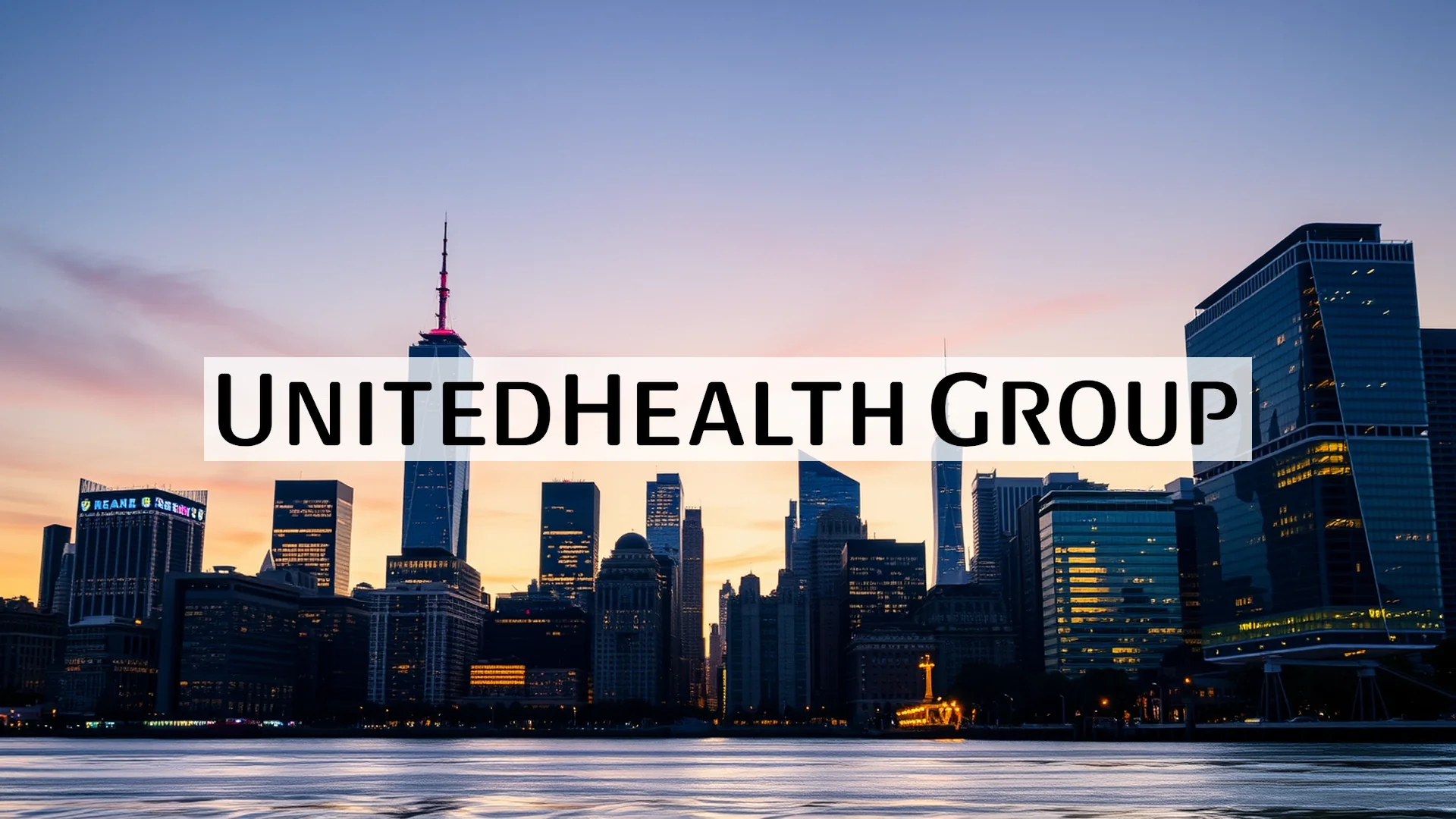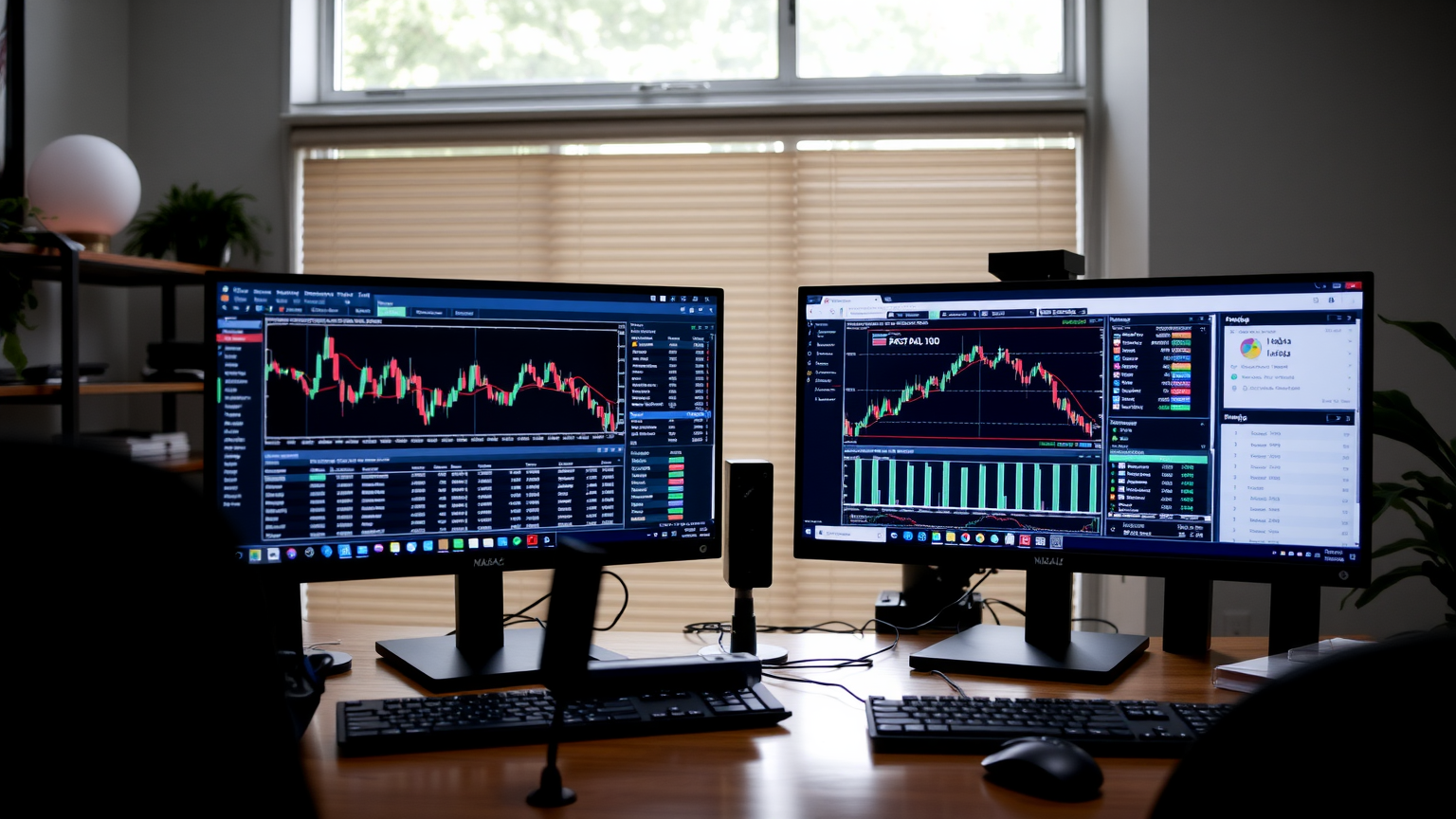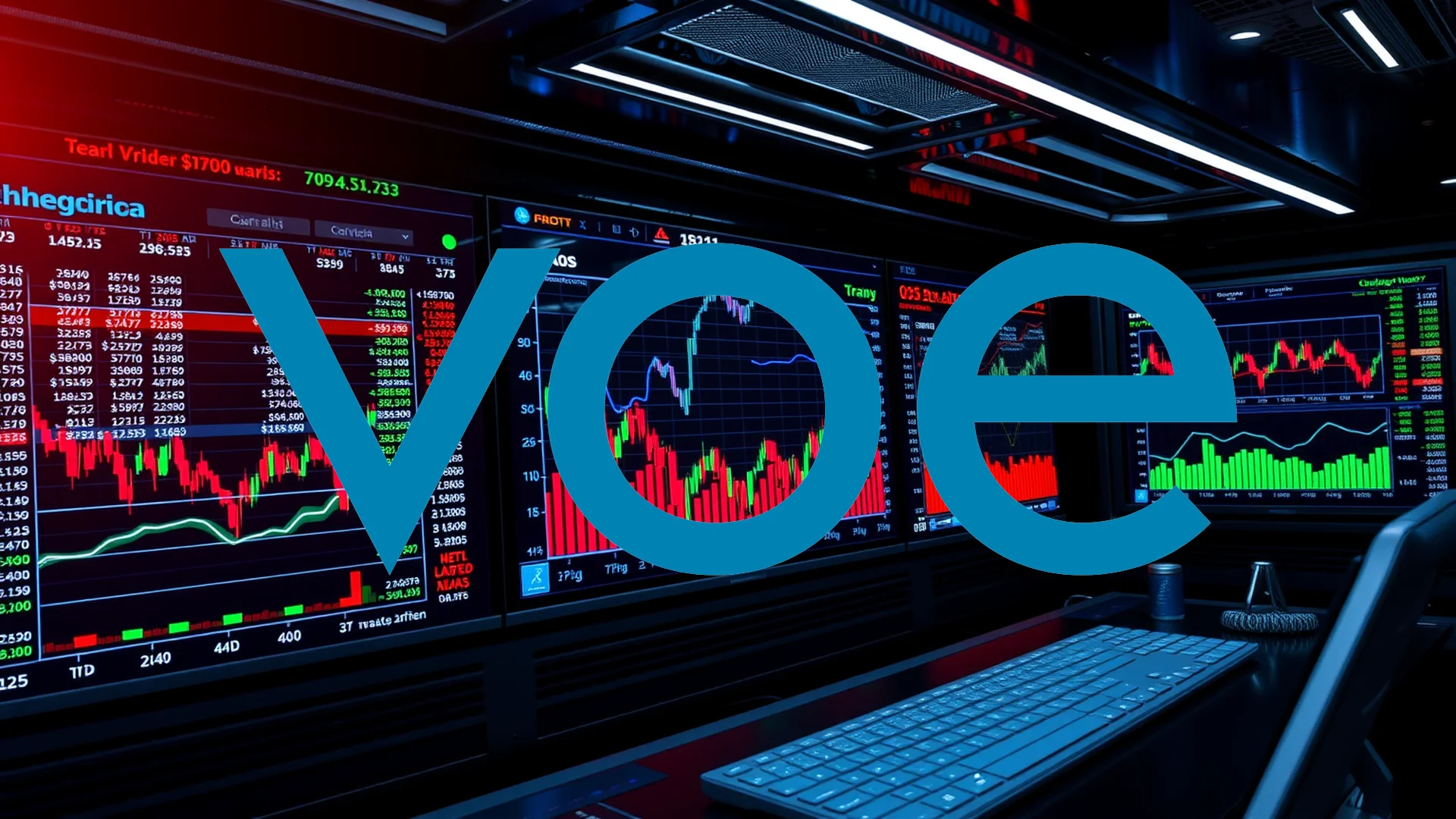UnitedHealth Group finds itself at a critical juncture, simultaneously celebrating a significant strategic acquisition while confronting substantial operational headwinds. The healthcare behemoth’s recent quarterly performance revealed escalating medical costs that significantly impacted profitability, creating a complex backdrop for its newly finalized $3.3 billion takeover and executive reshuffle.
Leadership Transition and Strategic Acquisition
Mid-August marked a pivotal moment for UnitedHealth as the company finalized its contentious $3.3 billion acquisition of home health provider Amedisys. This substantial move was followed by a significant leadership change on September 2, with Wayne DeVeydt assuming the role of Chief Financial Officer.
DeVeydt, 55, brings extensive healthcare expertise to the position, including previous roles as Managing Director at Bain Capital and CEO of Surgery Partners. He replaces John Rex, who held the CFO position since 2016 and will transition into an advisory capacity. This executive appointment reflects CEO Stephen Hemsley’s strategic initiative to reposition the company following recent operational challenges.
Regulatory Challenges and Concessions
The path to acquiring Amedisys proved far from straightforward. After two years of negotiations with antitrust authorities, UnitedHealth was compelled to make substantial concessions to secure regulatory approval. The company agreed to divest 164 care facilities across 19 states, representing $528 million in annual revenue. Additionally, the Department of Justice imposed a $1.1 million penalty on the organization.
Despite these regulatory hurdles, the acquisition substantially strengthens UnitedHealth’s position within the expanding home healthcare market. Combined with its 2023 purchase of LHC Group, the corporation now provides care to more than 465,000 patients across 38 states.
Operational Pressures and Financial Performance
The company’s July quarterly report unveiled significant financial strain, with earnings per share of $4.08 falling substantially short of analyst expectations of $4.84. This performance gap was primarily driven by surging treatment expenses that far exceeded price adjustments.
Should investors sell immediately? Or is it worth buying Unitedhealth?
A key concern was the deterioration of the Medical Care Ratio—the proportion of medical costs to premium revenue—which increased by 430 basis points to 89.4%. The increase was largely attributable to higher outpatient care costs for Medicare and Medicaid patients.
Market Reaction and Analyst Sentiment
Wall Street responded to these developments with increased caution. JP Morgan reduced its price target from $418 to $310, while Wells Fargo adjusted its forecast downward from $351 to $306. The most pessimistic assessment came from Baird, which downgraded UnitedHealth to “Underperform” with a price target of just $198.
The stock’s performance reflects this market uncertainty. After declining from over $620 to briefly trade below $280, the shares continue to seek stability.
Path Forward and Strategic Initiatives
CEO Hemsley has openly acknowledged these operational challenges and committed to a “rigorous path back to high-performance company status.” The organization is implementing enhanced control processes for risk assessment and cost management designed to improve operational efficiency.
The successful integration of Amedisys, combined with the refreshed leadership structure, may provide UnitedHealth with the tools needed to address current difficulties. Whether the healthcare giant can return to its historical growth trajectory will become apparent in upcoming quarterly results.
Ad
Unitedhealth Stock: Buy or Sell?! New Unitedhealth Analysis from December 6 delivers the answer:
The latest Unitedhealth figures speak for themselves: Urgent action needed for Unitedhealth investors. Is it worth buying or should you sell? Find out what to do now in the current free analysis from December 6.
Unitedhealth: Buy or sell? Read more here...












